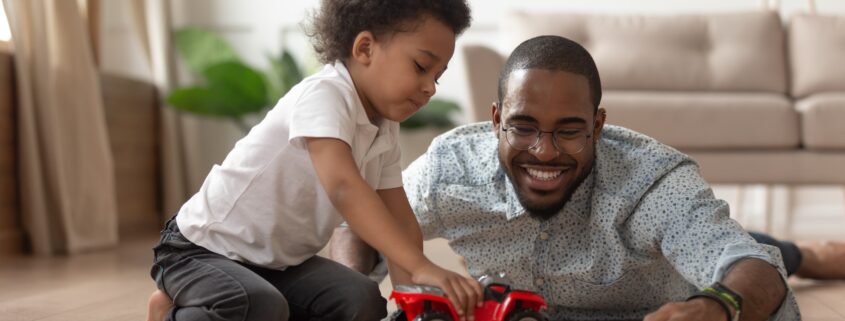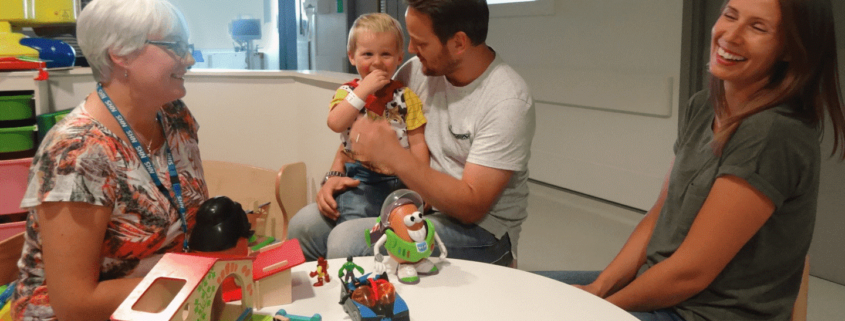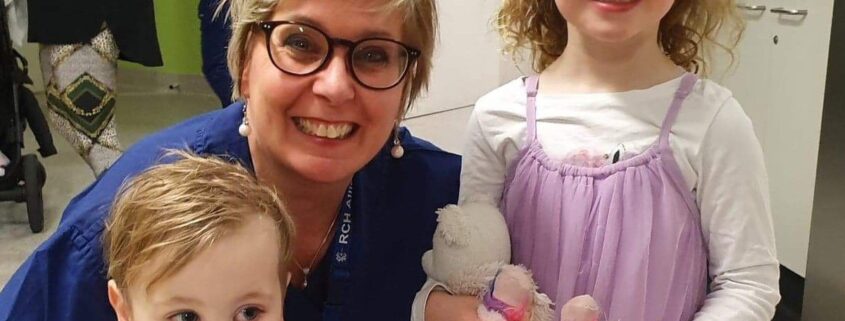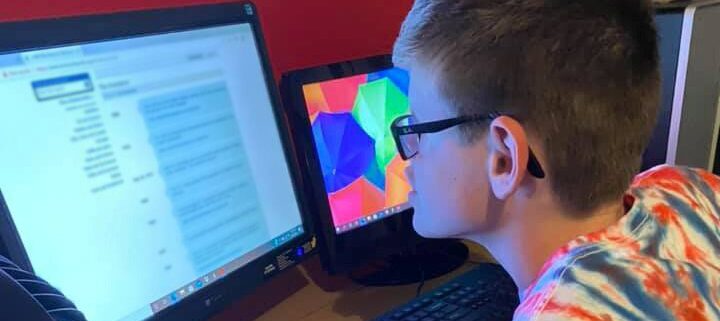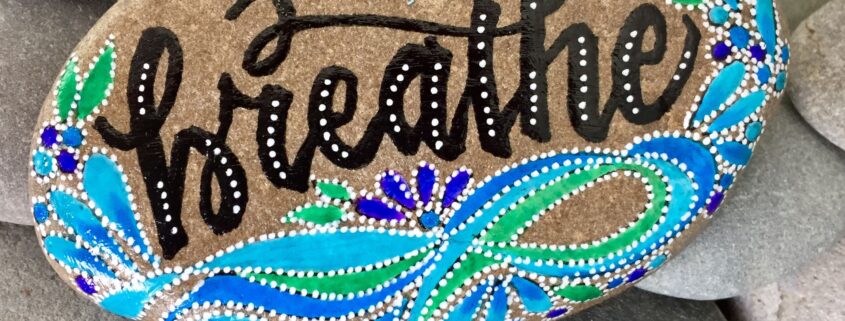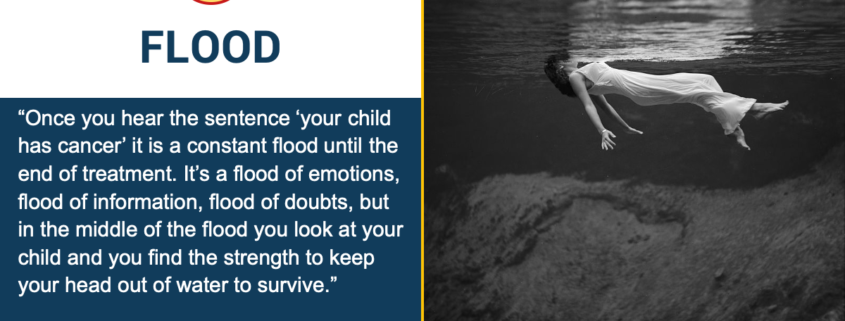The Gift of Listening to Ourselves: how compassionate self-enquiry can reduce stress and help us heal
We all need to be heard, but how often do we truly listen to ourselves? Living or working with retinoblastoma can be emotionally overwhelming. WE C Hope CEO and Rb survivor, Abby White, shares personal experience of some listening techniques that help her cope with daily challenging thoughts and strong emotions such as anger, fear and worry.


